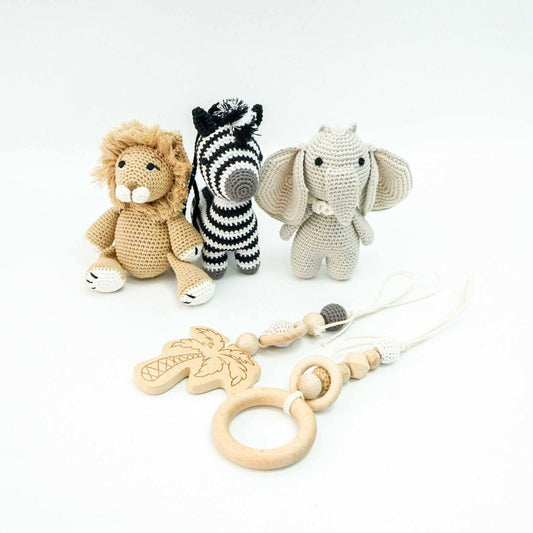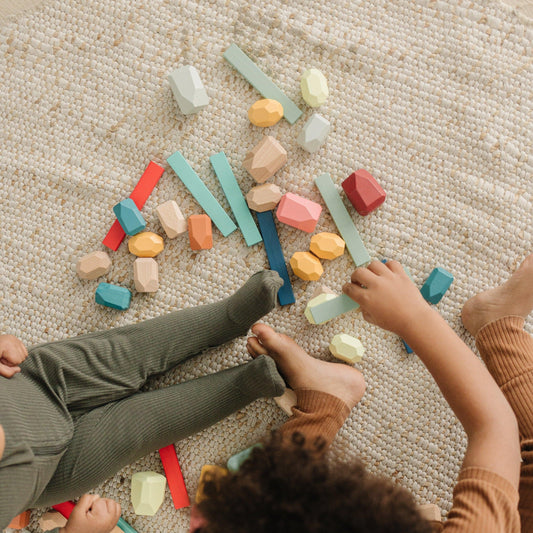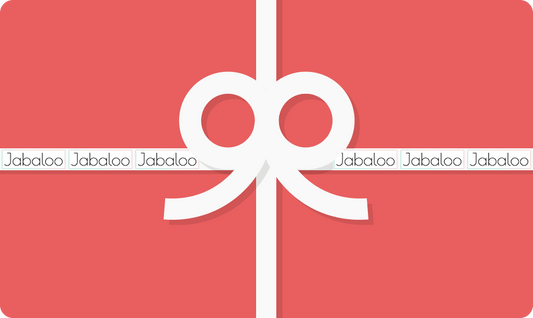-
Baby Activity Gym & Crochet Toys
Rated 4.8 out of 5$139.00$149.00$139.00Sale -
._ ?
Handmade Crochet Toys for Baby Gym | Safari
Rated 4.7 out of 5$84.99 -
-
-
-
4in1 Montessori Climbing Set: Triangle Ladder + Climbing Arch + Slide Board + Cushion (1-3 y.o)
$89.00$139.00$89.00Sale -
Montessori Toddler Balance Beam Set
From $59.00$99.00From $59.00Sale -
Montessori Climbing Arch with Pillow Set
$255.00$392.00$255.00Sale -
-
Montessori Climbing Arch Rocker and Space Cushion
$255.00$392.00$255.00Sale -
Montessori Transformable Triangle and Ramp Set
From $182.00$280.00From $182.00Sale -
-
Montessori Wooden Busy Board for Toddlers
Rated 5.0 out of 5$89.40$149.00$89.40Sale -
Montessori Wooden Balance Beam and Stepping Stones Set
From $59.00$99.00From $59.00Sale -
-
-
Play Tent Cover with Mat for Climbing Triangle Ladder
$75.00 -
5in1 Montessori Climbing Set: Triangle Ladder + Climbing Arch + Slide Board + Climbing Net + Art Addition
$249.00$310.00$249.00Sale -
3in1 Montessori Climbing Set: Climbing Arch + Slide Board + Cushion - Beige
$179.00$210.00$179.00Sale -
Indoor Playground for Toddlers - 7in1 Playground + Swings Set + Slide Board + Art Set
$399.00$469.00$399.00Sale -
3in1 Montessori Climbing Set: Triangle Ladder + Slide Board + Net – Chocolate
$199.00$229.00$199.00Sale -
Indoor Wooden Playground for Children - 6in1 Playground + Swings Set + Slide Board
$349.00$399.00$349.00Sale -
4in1 Montessori Climbing Set: Triangle Ladder + Climbing Arch + Slide Board & Cushion – Beige
$219.00$240.00$219.00Sale -
The 4in1 Montessori Climbing Set consists of: Triangle Ladder + Arch/Rocker + Slide Board/Ramp + Net – Chocolate
$219.00$270.00$219.00Sale
The Essential Guide to Montessori Toys for Babies, Toddlers, and Children
Montessori toys represent a thoughtful approach to play that supports natural development while respecting children's innate capabilities and interests. Unlike conventional toys that often overstimulate or do the thinking for the child, Montessori-inspired playthings are designed with simplicity, purpose, and developmental appropriateness in mind. From sensory-rich rattles for infants to complex wooden climbing toys for toddlers, these carefully crafted materials invite children to explore, discover, and develop essential skills through self-directed play. By providing children with beautiful, purpose-driven toys made from natural materials, parents create an environment where meaningful development occurs naturally through joyful interaction with well-designed objects.
Supporting Infant Development Through Purposeful Simplicity
For babies, Montessori toys focus on supporting sensory development, movement, and early cognitive connections. Simple wooden rattles, texture balls, and baby climbing toys offer rich sensory feedback without overwhelming developing systems. Mobile objects suspended within view but just out of reach encourage stretching and tracking, while grasping and mouthing objects like wooden rings support fine motor development and oral exploration. Unlike electronic toys with flashing lights and automatic sounds, these simple materials allow infants to discover cause and effect through their own actions. Baby climbing toys such as low climbing arches or infant climbing gyms provide opportunities for developing gross motor skills as babies begin to move independently. These thoughtfully designed infant climbing toys respect developmental readiness while providing just enough challenge to encourage growth without frustration.
Fostering Toddler Independence Through Active Exploration
As babies grow into toddlers, Montessori toys evolve to support their developing independence and coordination. Practical life materials like child-sized tools for pouring, sorting, and stacking encourage concentration and precision. Climbing toys for toddlers, such as small wooden climbers and toddler climbing sets, provide opportunities for developing strength, balance, and spatial awareness—all crucial physical foundations for future development. Open-ended materials like building blocks and nesting cups allow toddlers to explore concepts like size, sequence, and spatial relationships at their own pace. Indoor climbing toys for toddlers become particularly valuable during this stage, creating safe spaces where little ones can practice new physical skills while building confidence through repeated success. These toddler climbing toys respect the child's natural drive toward movement while providing appropriate boundaries for safe exploration.
Creating Rich Learning Environments for Preschoolers
For preschool-aged children, Montessori toys become more complex while maintaining their focus on self-directed learning. Materials for early literacy and numeracy appear alongside more sophisticated manipulatives for scientific discovery. Kids climbing toys like Montessori climbing sets and wooden climbing toys support physical development while doubling as frameworks for imaginative play. Language development flourishes through classified picture cards, sound games, and simple writing materials. Indoor climbing toys for kids provide outlets for physical energy between periods of concentrated mental work. Unlike many commercial toys that dictate how children should play, Montessori materials for this age invite creativity through their open-ended nature. A simple wooden climbing toy might become a mountain, spaceship, or animal habitat depending on the child's interests and imagination, while also developing crucial gross motor skills through active play.
Embracing Natural Materials for Authentic Sensory Experiences
The emphasis on natural materials in Montessori toys reflects both environmental values and developmental benefits. Wooden toys like Montessori climbing toys, tactile puzzles, and building blocks offer varied sensory feedback—the weight of solid wood, the smoothness of polished surfaces, and the subtle variations that occur in natural materials. These authentic sensory experiences connect children to the real world in meaningful ways. Unlike plastic alternatives, wooden climbing toys for kids and babies provide subtly different tactile experiences with each interaction. The natural warmth and weight of wooden toys like a Montessori climbing set or baby climbing frame communicates stability and quality to young users. These material choices aren't simply aesthetic preferences—they reflect a commitment to providing children with genuine objects that develop accurate understanding of the physical world while avoiding the environmental and potential health concerns associated with synthetic materials.
Supporting Whole-Child Development Through Integrated Play
Montessori toys recognize that physical, cognitive, emotional, and social development are deeply interconnected. A simple Montessori climbing toy supports gross motor skills while simultaneously developing spatial reasoning, risk assessment, and emotional regulation as children navigate challenges. Practical life materials build fine motor coordination needed for writing while fostering independence and concentration. This integrated approach means that Montessori toys often serve multiple developmental purposes simultaneously. Indoor climbing toys for 1 year old children support physical development certainly, but also develop cognitive mapping, planning, and executive function as little ones navigate the structures. As children grow, climbing toys for 2 year olds and climbing toys for 3 year olds continue this integrated approach with age-appropriate challenges. By selecting toys that support multiple developmental domains simultaneously, parents create efficient learning environments where children can develop holistically through play.
Adapting to Developmental Needs Across Childhood
One of the hallmarks of well-designed Montessori toys is their adaptability across developmental stages. Many materials are designed with built-in progression, allowing the same toy to grow with the child through different levels of engagement. A simple wooden climbing toy might first serve as support for a pulling-up infant, then become a climbing challenge for a toddler, and later transform into a framework for imaginative play for a preschooler. Similarly, block sets that begin as simple stacking toys for babies become increasingly complex building materials as children develop more sophisticated spatial reasoning. This adaptability makes Montessori toys like climbing toys for kids or wooden building sets wise investments that continue supporting development for years rather than being quickly outgrown. By offering different levels of challenge within the same material, these toys respect the child's individual developmental timeline while providing ongoing opportunities for growth.
Conclusion: Investing in Development Through Thoughtful Play Materials
Choosing Montessori toys represents an investment in your child's development that extends far beyond momentary entertainment. Each carefully selected item—from simple infant rattles to complex climbing structures like a Montessori jungle gym or kids climber set—contributes to an environment where meaningful learning occurs naturally through joyful exploration. Unlike many commercial toys designed primarily for entertainment or distraction, Montessori materials are created with specific developmental purposes in mind while respecting the child's innate drive toward independence and mastery. By providing children with beautiful, purpose-driven toys made from natural materials, parents create spaces where concentration, coordination, independence, and joy flourish organically. Whether selecting baby climbing toys for an infant, toddler climbing toys for a busy two-year-old, or complex materials for older children, the Montessori approach to toys creates a foundation for lifelong learning through respectful, developmentally appropriate play.
























